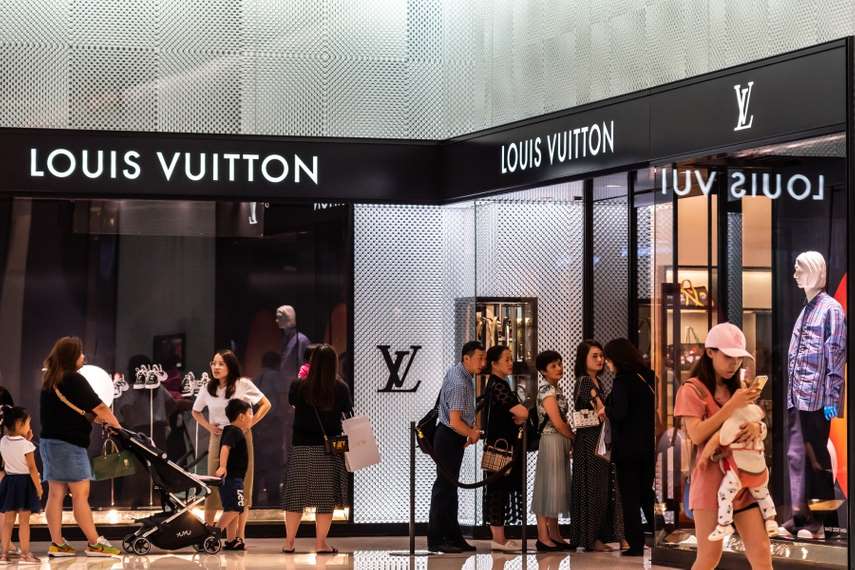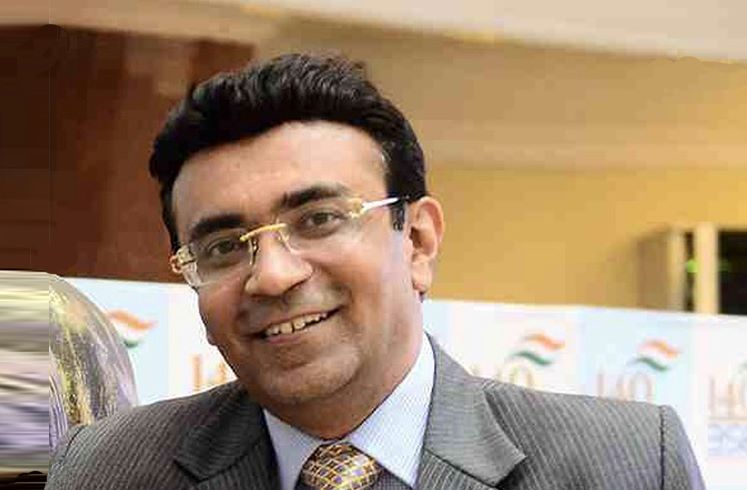Luxury fashion house, Lanvin Group registered a 20 per cent Y-o-Y decline in revenue to €171 million in H1, FY24, The firm’s gross profit margin fell by 1 per cent to 57.5 per cent. Its adjusted EBITDA also decreased by €1 million due to proactive cost management, leading to a loss of €42.1 million.
Despite these setbacks, the gross profit margins of the group’s brands including Lanvin, St. John, and Caruso improved significantly asthey benefitted from a better full-price sell-through and strategic inventory management. The group faced difficulties in the global luxury market, particularly in the EMEA region and Greater China, as well as a weakened wholesale channel. However, the Lanvin brand experienced strong growth in the APAC region outside of Greater China.
Revenues of the brand Wolford declined by 28 per cent to €43 million due to significant shipping delays caused by integration issues with a new logistics provider, and the challenging wholesale market in Europe further impacted its performance. Its gross profit margin fell from 72 per cent to 63 per cent.
Brand Sergio Rossi’s revenue contracted by 38 per cent to €20 million, with a 49 per cent decline in EMEA and a 22 per cent drop in APAC, including a 34 per cent decline in Greater China. Despite these challenges, the brand’s gross profit margin remained relatively stable at 50 per cent.
St. John’s revenue decreased by 14 per cent to €40 million, with consistent declines across distribution channels.The brand’s largest market, North America registered a 10 per cent decline in revenues, while revenues from APAC declined by 46 per cent due to general market softness. However, the brand's gross profit margin increased significantly from 62 per cent to 69 per cent, driven by better full-price sell-through and an improved channel mix.
Currently, Lanvin Group is focusing on initiatives to increase retail and digital traffic and implement operational cost efficiencies to improve DTC profitability as it navigates through a challenging market environment in 2024.










